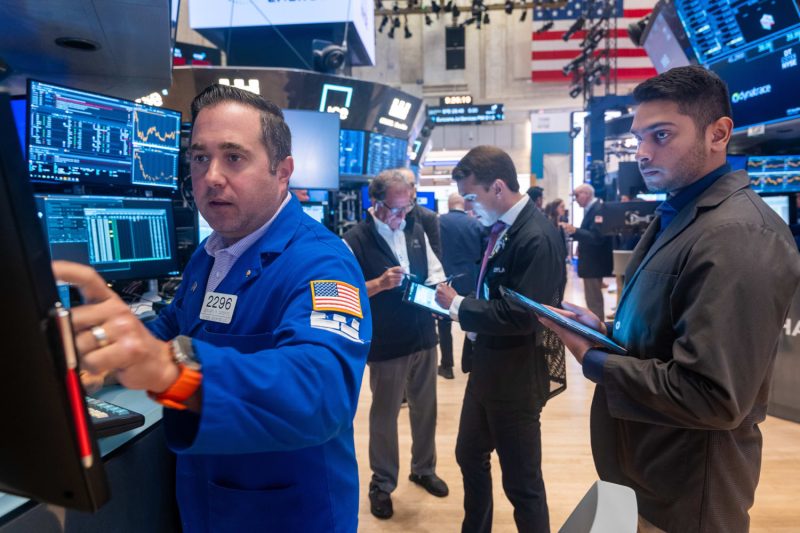The recent decline in the U.S. stock markets has caused some concern among investors and economists alike. However, while this drop may be alarming, some experts argue that the overall health of the economy remains stable. It is important to consider various factors contributing to the current market conditions and the broader economic landscape.
One of the key reasons behind the market decline is the ongoing trade tensions between the U.S. and its trading partners, particularly China. The escalation of tariffs and threats of further trade restrictions have created uncertainty in the markets, leading to a downturn in investor confidence. The fluctuations in stock prices and indices reflect the nervousness in the market as investors try to navigate the changing trade environment.
Moreover, the recent inversion of the yield curve has also sparked fears of an impending recession. Historically, an inverted yield curve, where short-term interest rates exceed long-term rates, has been a reliable indicator of an economic downturn. This inversion has raised concerns among investors and policymakers about the future health of the economy.
Despite these challenges, there are reasons to be optimistic about the economy’s performance. Unemployment remains at historically low levels, and wages have been rising steadily in recent months. Consumer spending, a key driver of economic growth, continues to show resilience, suggesting that households remain confident about their financial situation.
Furthermore, the Federal Reserve has indicated its willingness to support the economy by cutting interest rates if necessary. Lower interest rates could stimulate borrowing and investment, which in turn could provide a boost to economic activity. The central bank’s proactive stance in responding to economic challenges is seen as a positive signal for the markets.
In conclusion, while the recent market declines may raise concerns about the economy’s health, it is essential to consider the broader context of economic indicators. Trade tensions and yield curve inversions certainly present risks to the economy, but there are also positive signs that suggest resilience and stability. By monitoring these factors closely and maintaining a long-term perspective, investors and economists can navigate the current market conditions with greater confidence.
